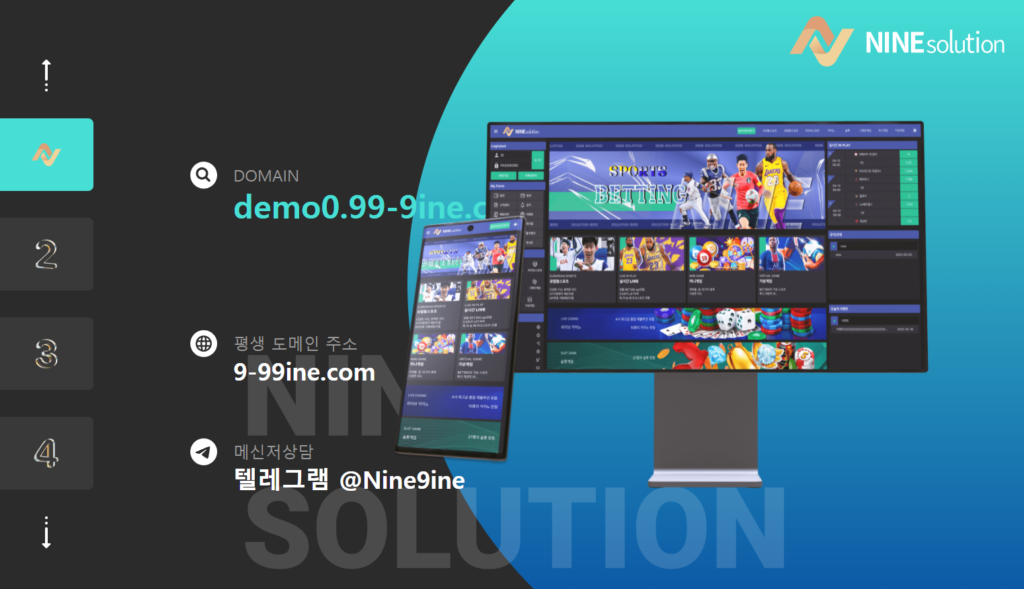Online gaming has transformed the way people play, connect, and compete. Over the past few decades, it has evolved from simple networked games to massive, immersive experiences enjoyed by millions worldwide. Let’s explore the key aspects of this ever-growing digital phenomenon.
A New Era of Entertainment
Gone are the days when gaming was confined to a single-player Winvn experience. Online gaming has opened up new avenues for interaction, allowing players from different parts of the world to connect in real-time. Titles like Fortnite, PUBG, and League of Legends have made gaming a social experience, where players can collaborate, compete, and chat while playing.
From Casual to Competitive
Online gaming is not just about fun and leisure; it has become a competitive sport. Esports, professional gaming, has exploded in popularity, with tournaments offering million-dollar prizes. Games like Dota 2 and Counter-Strike attract global audiences and have turned top players into celebrities.
Mobile Gaming: Gaming on the Go
The rise of mobile gaming has been a game-changer, with smartphones making online gaming more accessible than ever. Whether it’s casual puzzle games, multiplayer battle royales, or AR experiences, players can enjoy a wide variety of games anywhere, anytime. The simplicity of mobile gaming has expanded its reach across all demographics.
Virtual Reality and Immersive Experiences
The future of online gaming looks incredibly immersive thanks to virtual reality (VR) and augmented reality (AR). These technologies are making gaming experiences more realistic and engaging. Platforms like Oculus Rift and PlayStation VR are bringing players into 3D virtual worlds, where they can interact with the environment and other players like never before.
Social Connections Through Gaming
One of the biggest advantages of online gaming is the ability https://winvn.loan to make friends and build communities. Many players form strong bonds through shared experiences in games. Online platforms like Discord and Twitch have become spaces where gamers can chat, stream their gameplay, and share tips.
Challenges in Online Gaming
Despite its many benefits, online gaming also faces its challenges. Issues such as toxic behavior, cheating, and addiction have led to calls for more responsible gaming practices. Developers are continuously working to improve moderation systems and create healthier gaming environments.
The Future of Online Gaming
As technology advances, the future of online gaming looks even more promising. The rise of cloud gaming, AI-driven game mechanics, and faster internet speeds are pushing the boundaries of what’s possible. Online gaming will continue to be a major part of entertainment, connecting people across the world in exciting and innovative ways.
Online gaming isn’t just a trend; it’s a revolution. As it evolves, the gaming world will keep innovating, offering new ways to play, compete, and socialize. Whether you’re a casual gamer or a professional, online gaming is here to stay.
